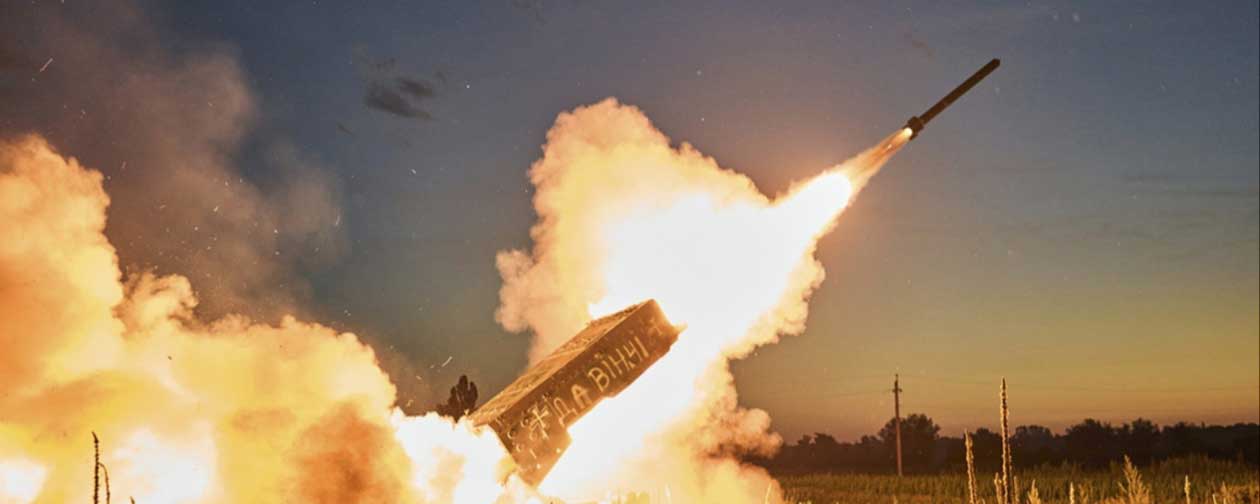
The war in Ukraine will dominate a two-day NATO summit starting on Tuesday in Lithuania’s capital, Vilnius, as the U.S.-led military pact focuses on fueling the Ukrainian military effort against Russia.
The leaders meeting in the former Soviet Republic are set to endorse new defense plans outlining a response to any hypothetical bid by Russian President Vladimir Putin to broaden Moscow’s war beyond Ukraine and westward into the military alliance’s territory.
They are expected to focus on continued financial and military support for Ukraine, its exact relationship with NATO, and security guarantees after the war ends. Ukrainian President Volodymyr Zelensky is demanding that NATO set a timeline and guideposts for his country’s eventual membership in the alliance.
Many current NATO members remain reluctant to admit Ukraine, however, as the terms of the pact’s mutual defense treaty would immediately obligate them all to directly engage in combat with Russia, greatly enhancing the danger of nuclear war. They prefer to continue supplying the weapons and military expertise but leave the actual fighting to the Ukrainians.
> Former U.S. officials hold ‘secret’ talks with Russia to end Ukraine war
It is expected the summit will also encourage the 31 member states to increase military support and commit to a new, higher spending goal.
Under a pledge made in 2014, NATO members agreed to halt post-Cold War spending cuts and boost their national military budgets, moving toward spending 2% of GDP on defense by 2024. NATO Secretary-General Jens Stoltenberg said last week that nations will “set a more ambitious defense investment pledge.”
The United States recently announced it will comply with Zelensky’s request to supply his army with cluster munitions in a move that has been criticized by human rights groups—and even U.S. allies.
Cluster munitions, which disperse large numbers of small bombs from a rocket or missile, are banned by more than 100 countries, including Britain, France, and Germany under an international treaty. Neither the U.S., Ukraine, nor Russia have signed the treaty.
Cluster munitions have a high “dud rate,” which means they might not explode on impact and land in a residential or farmland area. The International Red Cross reports that up to 40% of cluster bomblets don’t detonate on impact, and thus remain as long-term threats to civilians, much like landmines.
Human rights groups condemn the munitions, saying 60% of the people they have killed in previous wars were not soldiers. Children are particularly prone to injury, as the unexploded bomblets can resemble a small toy and are often picked up by them.
The U.S. dropped 260 million cluster bombs in Southeast Asia between 1964 and 1973, and the vast majority still remain unexploded on the ground, where they will endanger civilians for generations.
Both Russia and Ukraine have reportedly been using cluster munitions since the start of Russia’s invasion in February 2022. U.S. law generally forbids exporting them, but Biden will waive that law to allow some classes of cluster bombs to be sent to Ukraine.
As the NATO summit gets underway, on the ground in Ukraine, the brutality of the war remains on display every day.
A Russian air strike on a school killed four adults as people gathered to receive humanitarian aid, the governor of Ukraine’s Zaporizhzhia region said Monday, branding the attack “a war crime.”
Overall, Russia fired on 10 settlements in the province over the course of a day, Yuriy Malashko said. Moscow continues to deny it targets civilian locations.
A shorter version of this article was published in Morning Star. It has been supplemented with further reporting.










